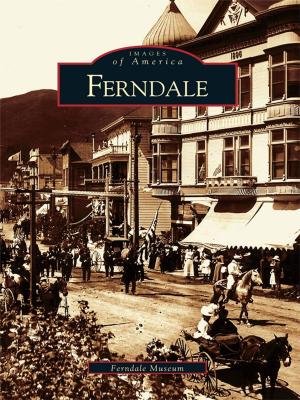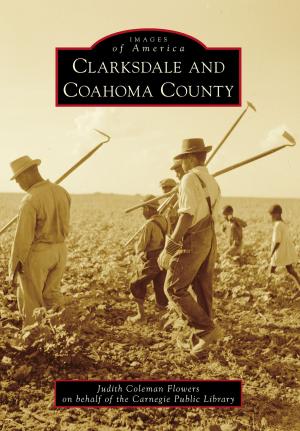The White Mountains of Apache County
Nonfiction, Travel, Pictorials, Art & Architecture, Photography, History| Author: | Catherine H. Ellis, D.L. Turner | ISBN: | 9781439637814 |
| Publisher: | Arcadia Publishing Inc. | Publication: | May 10, 2010 |
| Imprint: | Arcadia Publishing | Language: | English |
| Author: | Catherine H. Ellis, D.L. Turner |
| ISBN: | 9781439637814 |
| Publisher: | Arcadia Publishing Inc. |
| Publication: | May 10, 2010 |
| Imprint: | Arcadia Publishing |
| Language: | English |
Towns and communities such as Springerville, Eagar, Alpine, Nutrioso, Vernon, Greer, McNary, and Maverick of Apache County's White Mountains hold fascinating histories of outlaws and Arizona Rangers; Texas cattlemen and Mormon farmers; and New Mexico Hispanics and forest service men. Aldo Leopold was one of the forest service men who, in A Sand County Almanac, described the Boneyard, Campbell Blue, and Frijole Cienega. Of Paradise Valley, he wrote, "What else could you call it?" In 1913, the Good Roads Association described the roads winding through the area with "canyons that are flanked on every side by timber-covered, snow-clad peaks." It also noted that the area had become "an interesting point for the genuine home seeker, who will not likely want to continue his journey farther." That description remains true today.
Towns and communities such as Springerville, Eagar, Alpine, Nutrioso, Vernon, Greer, McNary, and Maverick of Apache County's White Mountains hold fascinating histories of outlaws and Arizona Rangers; Texas cattlemen and Mormon farmers; and New Mexico Hispanics and forest service men. Aldo Leopold was one of the forest service men who, in A Sand County Almanac, described the Boneyard, Campbell Blue, and Frijole Cienega. Of Paradise Valley, he wrote, "What else could you call it?" In 1913, the Good Roads Association described the roads winding through the area with "canyons that are flanked on every side by timber-covered, snow-clad peaks." It also noted that the area had become "an interesting point for the genuine home seeker, who will not likely want to continue his journey farther." That description remains true today.















